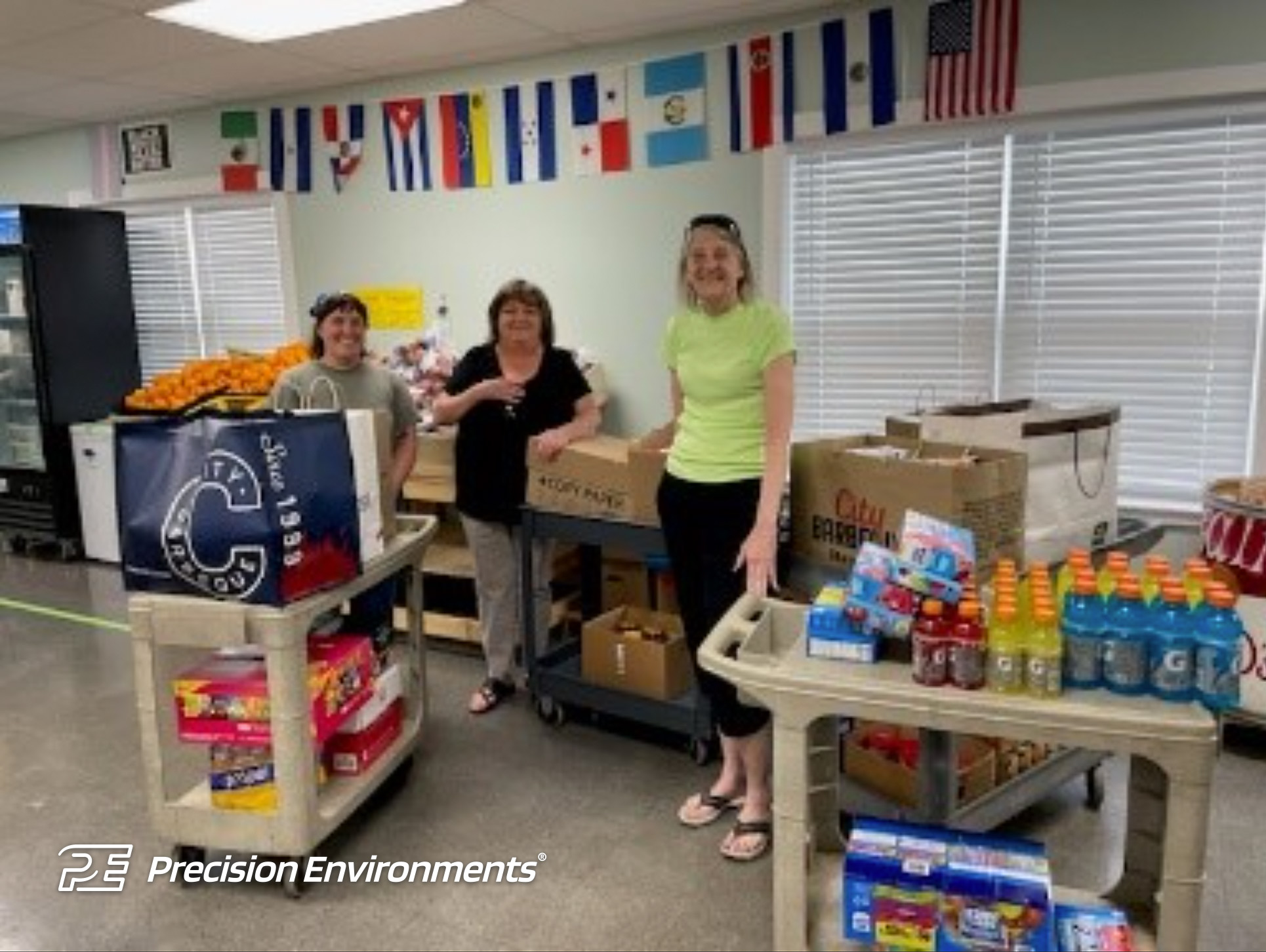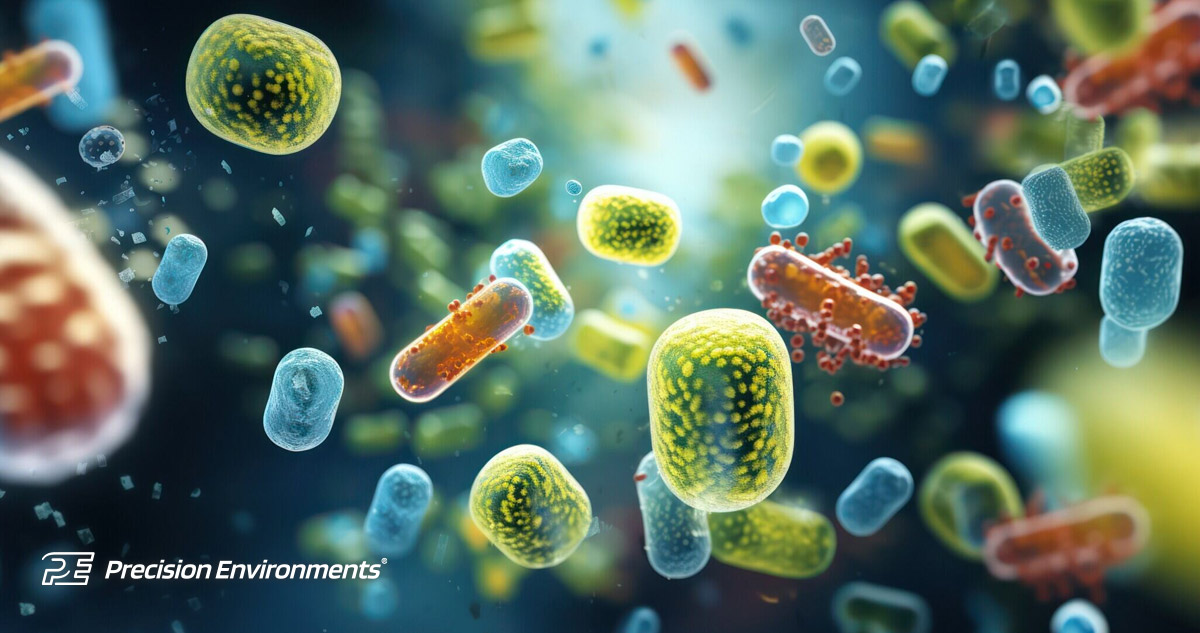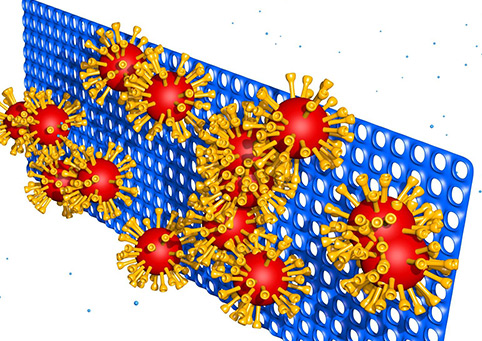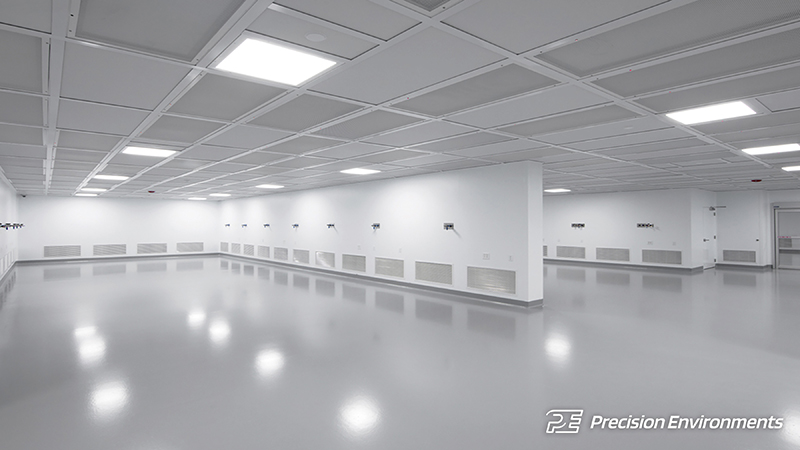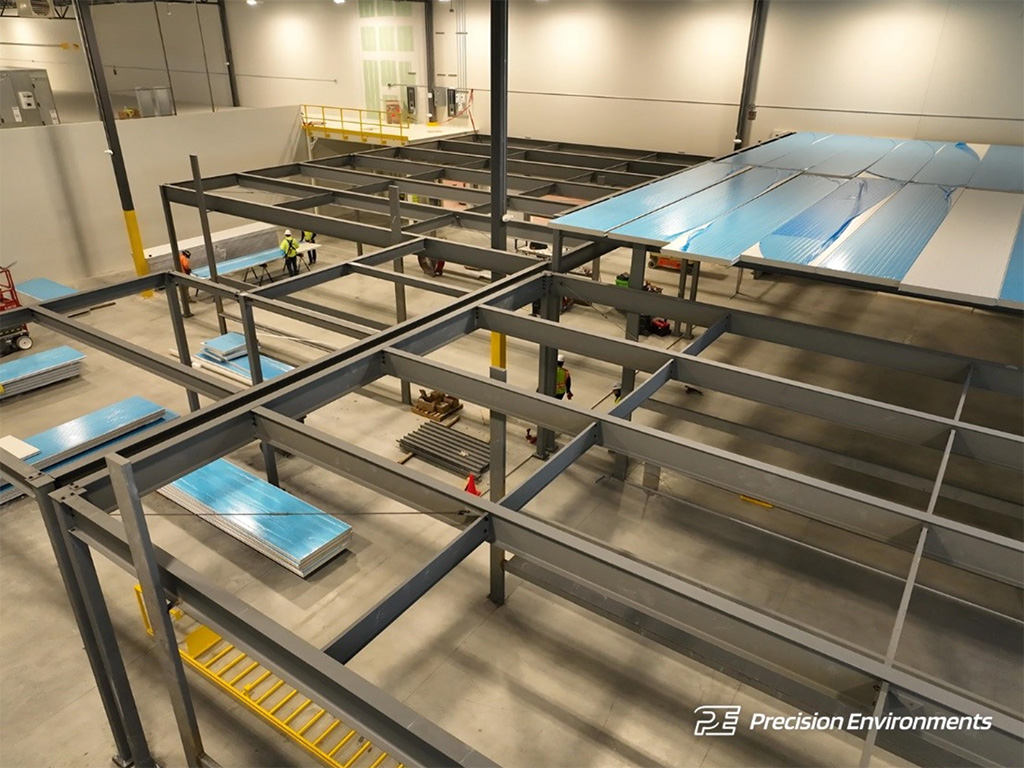What are Cleanroom User Protocols
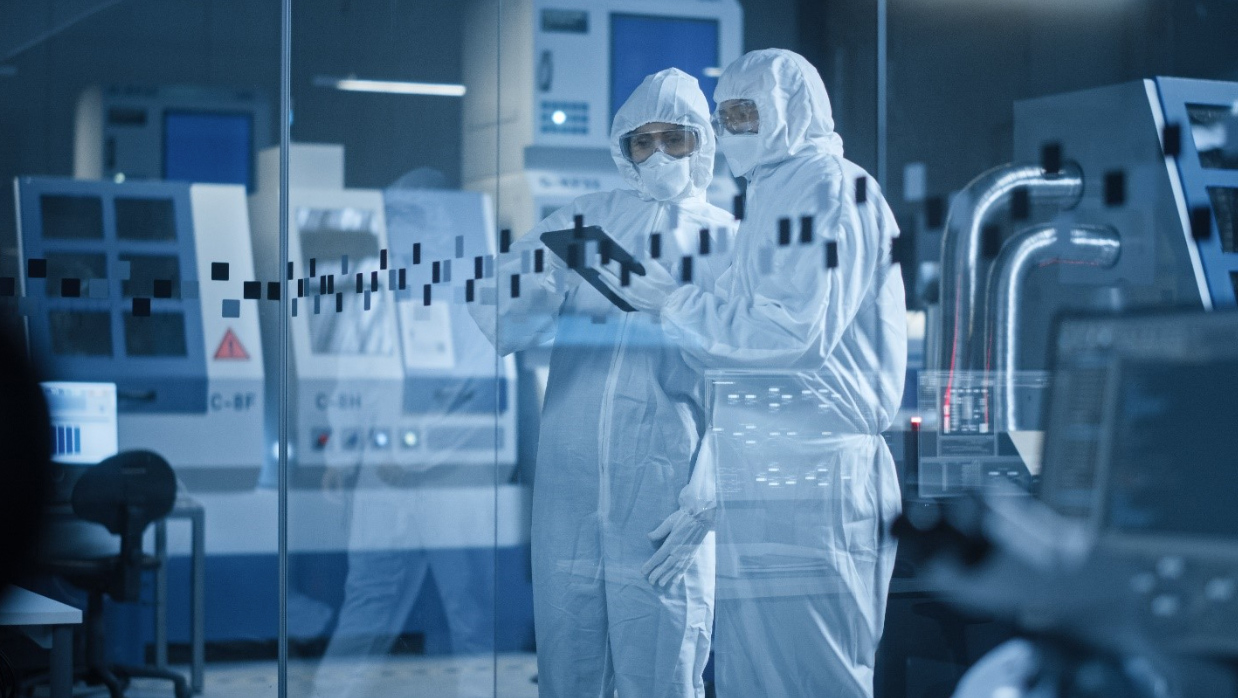
Cleanroom User Protocols
Cleanroom user protocols are a set of procedures and guidelines to ensure a controlled environment maintains a low level of environmental pollutants like dust, particles, and chemical vapors. These strict protocols and procedures are followed by workers within cleanrooms to maintain the required cleanliness standards, including wearing personal protective equipment (PPE), specialized protective clothing, and using special equipment to minimize the risk of contamination. This user protocol helps to ensure the high-quality and reliable performance of the cleanrooms.
Some of the Key Cleanroom User Protocols Include:
- Personnel Training: All employees working in cleanrooms must undergo training on personal hygiene, contamination control, and adherence to the established protocols. Users must follow all the standard operating procedures and guidelines specific to the cleanroom and its associated processes.
- Cleanroom Attire: Cleanroom users are required to follow specific gowning procedures before entering the cleanroom. This typically includes donning appropriate cleanroom garments, such as coveralls, hoods, gloves, shoe covers, and face masks or respirators. Strict personal hygiene practices are also essential in cleanrooms. Users are typically required to wash and sanitize their hands thoroughly before donning cleanroom gloves and garments.
- Access Control: Cleanrooms should have restricted access with entry only permitted for authorized personnel. In addition, users must use designated entry and exit points when entering or leaving the cleanroom. These points may include air showers or gowning rooms to remove contaminants from the outer garments before entering the main cleanroom area.
- Air Filtration: High efficiency particulate air (HEPA) or ultra-low particulate air (ULPA) filters help maintain the cleanliness of the air by trapping and removing contaminants.
- Regular Cleaning and Disinfection: Regular cleaning schedules to remove and disinfect surfaces in the cleanroom are crucial for maintaining cleanliness levels. Cleaning materials like lint-free wipes and specialized cleaning agents should be used.
- Contamination Monitoring: Routine monitoring of the cleanroom environment, including air, surface, and personnel, helps ensure that the protocols are being followed and the contamination levels are within acceptable limits. Food, beverages, and smoking are strictly prohibited inside the cleanroom to prevent potential contamination.
- Proper Equipment Handling and Storage: Users should use only approved tools and equipment that have been properly cleaned and validated for use in the cleanroom. All equipment should be thoroughly cleaned before entering the cleanroom area to minimize contamination risks.
- Incident Reporting: Cleanroom users should immediately report any incidents, such as spills, equipment malfunctions, or potential contamination events, to the appropriate personnel.
These cleanroom user protocols are crucial for maintaining the desired cleanliness levels, preventing contamination, and ensuring the successful operation of sensitive processes within the cleanroom environment.
Contact our Cleanroom experts to discuss your cleanroom needs.

